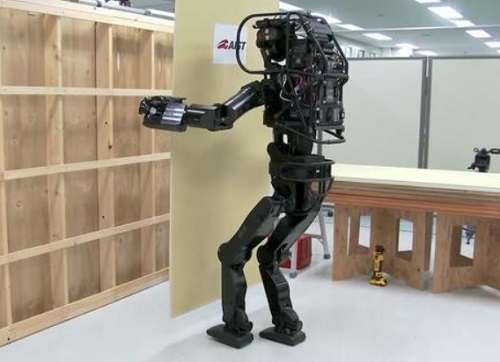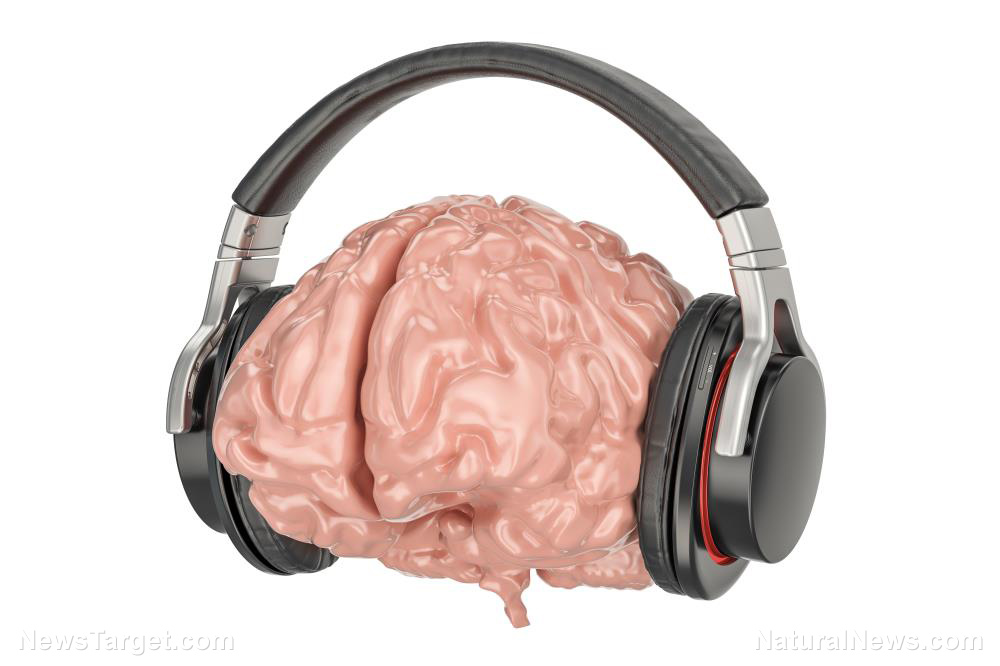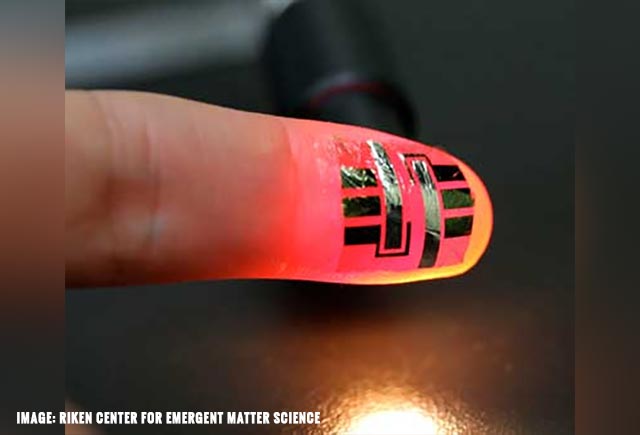Researchers develop a nanoporous material capable of storing information using less energy
12/25/2018 / By Edsel Cook

An article in the Universitat Autònoma de Barcelona Newsroom reported on an efficient new data storage material that requires much less energy and generates far less heat than current technology. Once it is refined, it could lead to energy-efficient data servers that do not need freezing temperatures.
Most electronic devices store data in magnetic memories. A device can add, alter, or remove data by applying a magnetic field to the material that makes up the magnetic memory.
The field changes the orientation of the material’s magnetic domains to “up” or “down.” One of these directions will be assigned the value of “0,” and the others get “1.”
The magnetic field is generated by an electric current. Repeated application of such currents will cause the data storage material to heat up.
Heat reduces the performance of the storage material. Excess heat may even damage or destroy the electronic device, which must now use even more electricity to stay cool while running hot.
For example, up to 40 percent of the electricity consumed by computers ends up as heat that they have to get rid of. Large computer servers have been built either underwater or in Nordic countries. (Related: Scientists create a material that has near-zero friction at engineering scale.)
A nanoporous film alloy with very thin walls between its pores
A 2007 experiment by French researchers created extremely thin layers of magnetic material that promised to reduce power consumption. This material could reorient its magnetic domains using slightly less voltage and energy than conventional equivalents.
At the time, the four percent of energy saved by the material was considered to be too small for practical use in electronic devices. Nearly a decade later, a Universitat Autònoma de Barcelona (UAB) research team followed up on the French attempt.
The Spanish devised a nanoporous material that boasted a very large surface area. Their new alloy outperformed its predecessor in terms of magnetic properties.
In their published paper, UAB professor Jordi Sort explained how he and his team combined copper and nickel into a very thin film. The interior of the film contained numerous pores that were a mere five to 10 nanometers apart, just enough space to fit a few dozen atoms.
“The nanopores found on the inside of nanoporous materials offer a great amount of surface,” he remarked. “With this vast surface concentrated in a very small space we can apply a small voltage and enormously reduce the energy needed to orient the magnetic domains and record data.”
Sort added that nanoporous materials presented a new energy-efficient approach to magnetic data.
Ultra-thin magnetic films will produce huge savings in electric bills
The UAB researchers made the first batch of these nanoporous magnetic memories from copper-nickel alloys. Their tests reportedly produced good results.
The prototypes demonstrated 35 percent lower magnetic coercivity. They could switch the orientation of their magnetic states with a much weaker magnetic field, allowing them to save energy.
These early models require liquid electrolytes to channel the voltage. The next batch will use solid dielectrics, which could allow them to be implemented in commercial electronic devices as data storage material.
“Implementing this material into the memories of computers and mobile devices can offer many advantages, mainly in direct energy saving for computers and a considerable increase in the autonomy of mobile devices,” Sort claimed.
The nanoporous materials could eventually lead to the energy-efficient nanoelectronic devices envisioned by the European Union. These future data processing systems can reportedly save a lot of energy and money if they can make the jump from electric currents to voltage.
Keep track of the newest developments in computer technology by visiting Computing.news.
Sources include:
Tagged Under: breakthrough, Chemistry, computers, computing, data storage, discovery, electronic devices, electronics, future technology, information technology, magnetic fields, physics



















